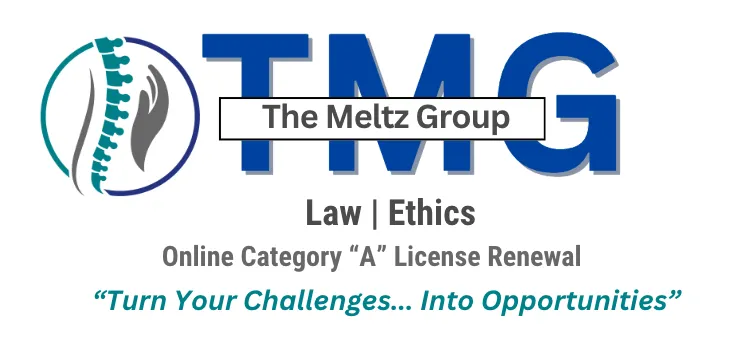
California Chiropractic License Renewal
Portions of these courses offered may include AI-assisted content. While reviewed for accuracy, no guarantee is made that the material is error-free. Some references may involve third-party works subject to copyright. The doctrine of Fair Use is complex, and educational use alone does not guarantee protection. Please verify requirements with the California Board of Chiropractic Examiners, your specific licensing and regulatory agency, or consult a qualified attorney if in doubt.